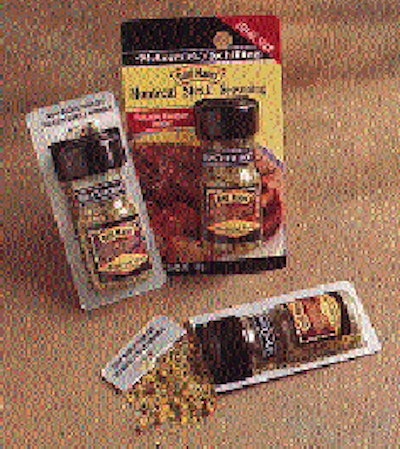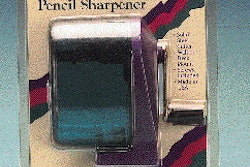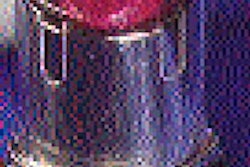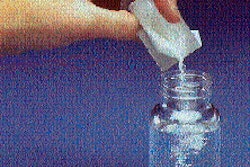
"Sampling has always been one of our ways to educate consumers about spices," says Jim Brennan, group brand manager for spice company McCormick® Schilling® of Hunt Valley, MD. For years, McCormick had been using flexible packs made of polypropylene to promote its spices in trial-size portions. Typically, they were sent to consumers through mail or as special offers. But the sachet format had graphic limitations as far as copy, recipes and coupons were concerned. "We used colors and graphics that were similar to the original product," says Brennan, but by the time consumers reached the supermarket spice rack, they couldn't remember the graphics they'd seen on the sachet back home. "And because we didn't deliver a coupon with the sachet," he continues, "we had a lower trial conversion rate." A few years ago, McCormick tried the Minipack® blister, from Minipack Sampling Solutions (Princeton, NJ ). This unique blister looks like a miniature version of a McCormick spice bottle. Made from rollstock, it's inserted into an attractively decorated paperboard card, die-cut to display the bottle. Brand recognition is an obvious benefit of the new sampler. The paperboard card not only has more room for the McCormick name, it also has space for usage tips and a coupon. Spices are prepared by McCormick and shipped to Minipack, where they are packaged in a horizontal thermoform/fill/seal operation. The forming web consists of 10-mil polyvinyl choride and an inner layer of 25-mil low-density polythylene. In a proprietary process Minipack calls "Cover Coat," a thick coating of ink is applied to the cap area and neckband area prior to thermoforming. This coating keeps the black areas uniform and opaque despite the thinning and stretching they undergo during thermoforming. On top of the neck band area, the McCormick name is printed in white, though Minipack declines to discuss how that is done. The lidding material applied to the formed and filled blister is an adhesive lamination of 30 microns PET/10 microns foil/60 microns LDPE. It's heat sealed to the forming web and then a pressure-sensitive PVC label, printed on a rotary letterpress in four colors, is applied. Individual blisters are cut from the web and the blisters are then inserted into a 14-pt SBS card, offset-printed in five colors with a varnish. After two years of experimental promotions, the new blister-pack sampler is slowly gaining popularity. "We're still collecting data, educating the sales force and retailers on what a great deal these are," says Brennan. They are now available in all of McCormick's market, with plans to expand with more offerings in 1996. The samplers are positioned both in the supermarket spice aisle, pegged next to regular-sized products, as well as at the aisle-ends in point-of-purchase displays.


























